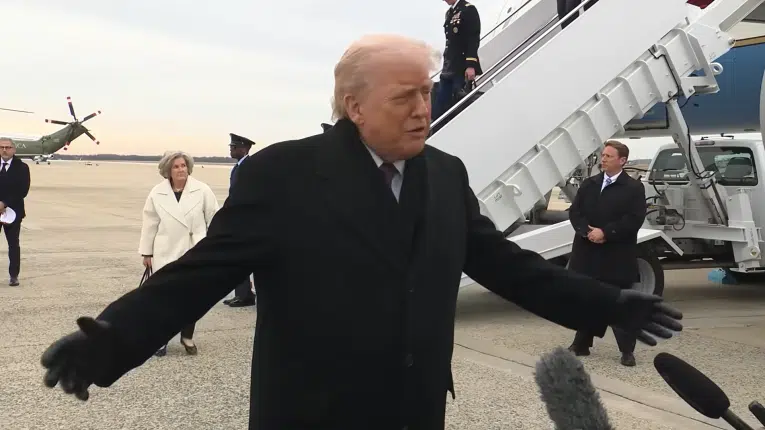The recent polar vortex of extremely cold weather this winter tested Green New Deal policies, and they failed miserably. Many Democrats, including U.S. Rep. Alexandria Ocasio-Cortez (D-N.Y.) and several presidential candidates, support a Green New Deal, which would phase out the use of all coal, natural gas, and oil and replace them with green energy. Proving just how wrongheaded those policies are, solar and wind power performed very poorly during the storm while coal, natural gas, and nuclear power helped keep the lights and heat on for the vast majority of people.
Just how bad was green energy’s performance during the storm? In an area stretching from Minnesota to Iowa, wind turbines went from supplying about half of the electricity one day to providing less than 3 percent the next. What caused this dramatic swing in energy output? Most turbines automatically shut down once temperatures reach -20 degrees. Even worse, not only did the turbines stop producing power, but they also consumed power for heat to avoid damage. Solar energy production also collapsed. Due to snow cover, Xcel Energy’s solar panels only produced eight to ten percent of their potential output.
In addition to the massive problems with green energy production, there were also some problems with natural gas. Natural gas-powered plants were hampered in their efforts to generate more electricity due, in part, to freeze-offs. Freeze-offs occur in cold weather when water and other liquids freeze at natural gas wells, and they can cause natural gas shortages and price spikes. Freeze-offs are just one more reason why more pipelines are needed, but the left still opposes them.
Because of the energy production problems, businesses and consumers were asked to reduce their energy use. This is called demand response. For example, Xcel Energy asked some Minnesota residents to turn down their thermostats to 55 degrees; other Minnesotans were asked to turn down their heat to 63 degrees; and the Michigan governor asked most state residents to turn down their thermostats to 65 degrees. In response to requests like these, GM shuttered thirteen facilities; Fiat Chrysler closed two plants; and Ford cut back production at three facilities.
Environmentalists seem to think that demand response is a perfectly fine way to deal with extremely cold weather. Of course, this overlooks the fact that workers at shut down businesses might need their missing wages and that some people, including many of the elderly, get cold easily so turning their heat down is more than a minor inconvenience.
The goal should be to build a robust electric grid that is capable of meeting demand on the hottest summer days and the coldest winter nights, with additional reserves to cover contingencies. Just planning to have sufficient power to handle normal circumstances and then urging people to muddle through harsh weather in the northern U.S. is not acceptable.
To deal with the intermittent supply of solar and wind power, some green energy supporters are advocating for connecting regional grids into a national grid. By connecting the regional grids, grid operators would have more options for avoiding outages and dealing with excess energy. While a national grid may or may not be a good idea, environmentalists often oppose the high-voltage lines that would likely be used to connect the regional grids.
The facts are clear from the polar vortex. Even in the worst of conditions, coal and nuclear power are very reliable; natural gas is less so, but it is still fairly reliable. On the other hand, green energy is very unreliable, and depending upon it is both foolish and dangerous. Of course, liberals will learn nothing from this storm and will continue to push for the costly Green New Deal. To protect lives and our economy, these policies must be defeated.
Richard McCarty is the Director of Research at Americans for Limited Government.







